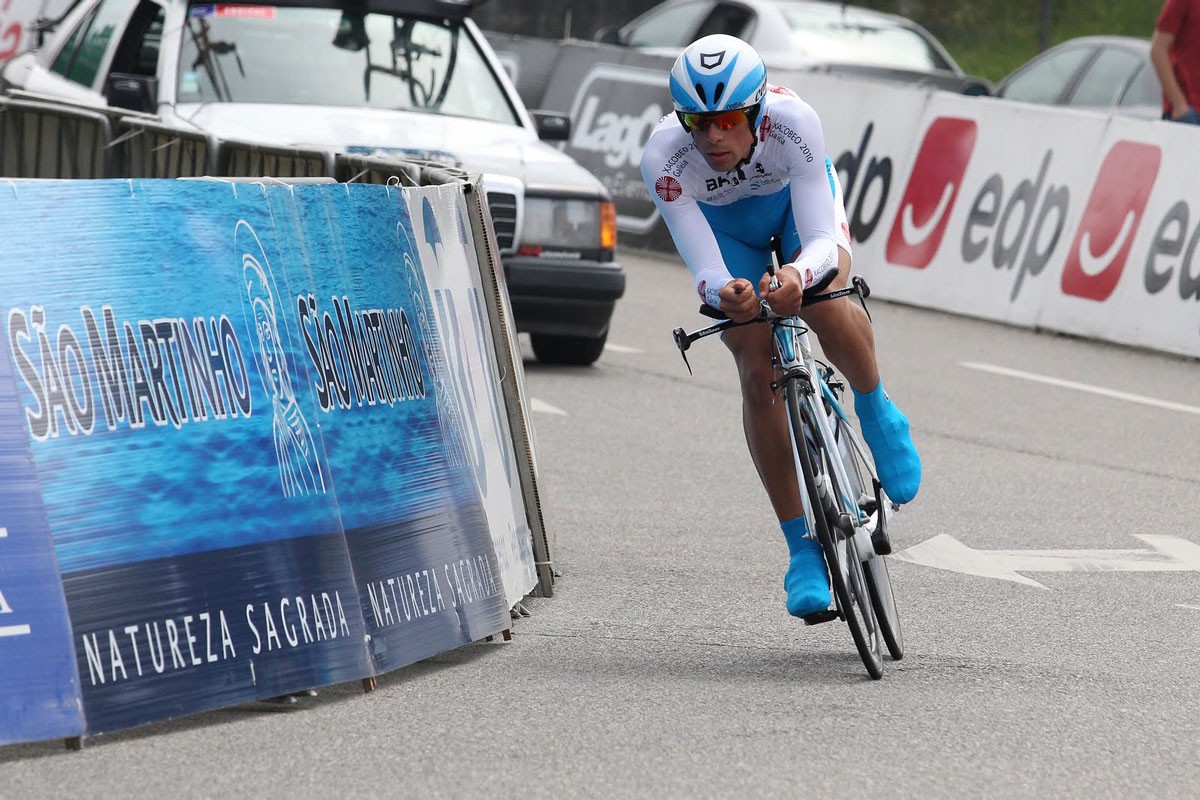The (four) Portuguese scientists who want to improve the lives of all
At a time when women are increasingly debating women and their role in society, there are four more prominent Portuguese women.
Their projects in the area of health and environment are the great winners of the 15th edition of the Medals of Honor L’Oréal Portugal. Come and meet the scientists Patrícia Costa Reis, Diana Madeira, Joana Cabral and Joana Caldeira, and their innovative projects.
Can the chronic immune system activation in lupus patients be related to the permeability of your gut? And will mathematics be able to represent the functional networks in which the human brain is organized? Can the technology help regenerate intervertebral discs? Will marine organisms adapt over generations to an ocean pressured by climate change and pollution?
In the 15th edition of the Medals of Honor L’Oréal Portugal were distinguished the scientific projects of four Portuguese who seek answers to these doubts in the area of lupus, intervertebral discs, brain networks and life in the oceans. And although they are from very different regions of the country have a common goal: to improve the quality of life of the population.
With this award, which has already awarded 49 women, L’Oréal Portugal wants not only to support innovative research on women and to motivate them to pursue relevant studies in the areas of health and environment, simultaneously contributing to “inspire a science and a most inclusive and equitable society stand out in science. ”
It should be noted that the four researchers – doctorates and between the ages of 30 and 36 – were selected from more than 70 candidates and thus entered the range of more than 3,000 scientists who have already been supported by the program L’Oréal- UNESCO for Women in Science in 117 countries.
Who are the four scientists and the innovative paths that are treading
Patrícia Costa Reis, a pediatrician, and teacher from Lisbon wants to understand if patients with lupus have a greater permeability of the intestine. What, if confirmed, could be responsible for the passage of bacteria therein (in the intestine) into the bloodstream and thus contribute to the chronic activation of the immune system. Lupus, it is underlined, is a complex autoimmune disease in which the immune system is chronically activated and attacks the body itself.

By analyzing the permeability of the gut and all of the microorganisms therein, you can establish the necessary basis for new therapeutic strategies, such as antibiotics or vaccines that alter the microbiome and help control the immune system and disease activity.
Diana Madeira, the researcher at CESAM / ECOMARE, wants to understand how, over a number of generations, marine organisms are responding to climate change and pollution. Their research aims to know the molecular and cellular mechanisms that marine invertebrates induce to respond to these environmental pressures and in what way these mechanisms are related to their survival capacity and their reproductive success. Even because, he points out, most studies conducted so far have analyzed only what happens to marine organisms over a generation.

Joana Cabral, a researcher at ICVS, believes that mathematics is the key to understanding the complex network of the human brain and its 100 billion neurons. Despite the increasingly detailed characterizations of its structure and activity, its functioning cannot yet be explained. But Joana Cabral wants to provide a unifying theoretical model capable of representing the biophysical mechanisms that govern brain activity.

Based on the premise that our brain is organized in functional networks that simultaneously and recurrently activate in healthy people, it is also known that they are altered in individuals with different neurological and psychiatric diseases so that we perceive them may have a preponderant impact on the understanding of these diseases. Joana Cabral will resort to mathematical models that represent the behavior of coupled dynamical systems and will apply them to Structural Conectoma.
Joana Caldeira, the biomedical engineer of INEB and i3S, wants to use CRISPR (CRISPR / Cas9) genetic editing technology for the regeneration of intervertebral discs. With this tool, it will re-activate genes typical of the fetal microenvironment to potentiate the current regenerative therapies with stem cells. It should be noted that more than 70% of the world’s population is affected by low back pain caused by degeneration of intervertebral discs and current treatments are not effective in the long term.

Effective treatment in this area would benefit millions of people, reducing the number of years of disability. In the case of degenerative disc disease, these years on average exceed those recorded in diseases such as AIDS, tuberculosis and lung cancer. Likewise, Joana’s project, christened CRISPR4DISC, would help reduce annual global losses that, according to the researcher, are expected to be around 150 billion euros/year, partly due to about 150 million days of medical leave.






